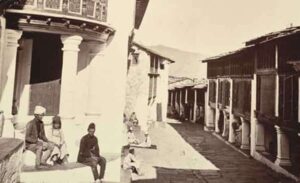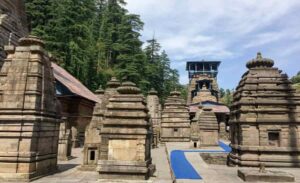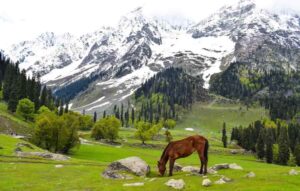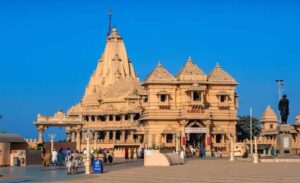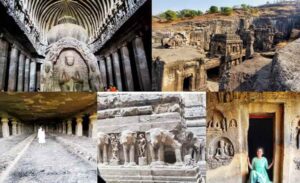History of Tehri Garhwal
Tehri Garhwal, a region in the Indian state of Uttarakhand, boasts a rich and vibrant history that spans centuries. Nestled in the lap of the majestic Himalayas, Tehri Garhwal has witnessed the rise and fall of dynasties, the advent of British colonial rule, and the subsequent integration into independent India. This historical narrative is a tale of resilience, cultural richness, and a deep connection to the Himalayan landscape.
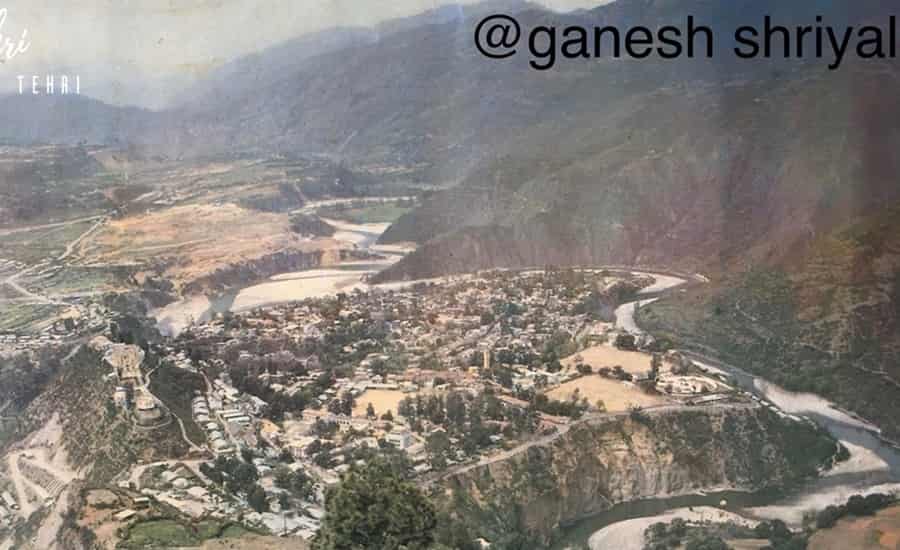
Ancient Roots
The history of Tehri Garhwal can be traced back to ancient times when it was known as ‘Brahmakhand.’ The region finds mention in Hindu scriptures and epics like the Mahabharata. It was considered a sacred land, and numerous temples and shrines were constructed in the area, reflecting the religious significance it held.
The Garhwal Kingdom
The medieval period saw the emergence of the Garhwal Kingdom, which played a crucial role in shaping the history of Tehri Garhwal. The region comprised several small principalities, known as ‘garhs’ or forts, hence the name Garhwal. King Ajai Pal is often credited with the establishment of the Garhwal Kingdom in the 15th century. The Garhwalis were known for their martial prowess and valor.
Unification and Expansion
One of the significant chapters in the history of Tehri Garhwal was the unification of the princely states under King Prithvi Shah in the 16th century. Prithvi Shah expanded the Garhwal Kingdom’s territory, bringing several smaller states under his rule. The capital was shifted to Tehri, marking the beginning of Tehri Garhwal as a political entity.
Gorkha Invasions
The 18th century posed a challenge to the Garhwal Kingdom as the Gorkhas, under the leadership of King Prithvi Narayan Shah, launched invasions into the region. The Gorkhas were successful in capturing parts of Garhwal, including the capital, Tehri. However, the resistance put up by the Garhwalis, along with support from the British, led to the eventual expulsion of the Gorkhas.
British Influence
The British East India Company’s influence in the Indian subcontinent began to grow during the 19th century, and Tehri Garhwal was not untouched by this colonial expansion. The Garhwal Kingdom entered into a subsidiary alliance with the British, ensuring a degree of protection in exchange for loyalty. This marked the beginning of British involvement in the region.
Tehri State
The 19th century witnessed significant political changes in Tehri Garhwal. The British intervention led to the establishment of a princely state, known as Tehri State, with the Maharaja as its ruler. Tehri became a prominent center for trade and administration under British suzerainty. The construction of the Tehri Dam, initiated in the mid-20th century, added a new dimension to the region’s history.
Tehri Dam and Displacement
The Tehri Dam, a massive hydroelectric project on the Bhagirathi River, was a controversial initiative that brought about radical changes in the region. The dam’s construction, which began in the 1970s, led to the displacement of thousands of people and submerged several villages. The project aimed at harnessing the region’s water resources for power generation, but it also raised environmental and social concerns.
Formation of Uttarakhand
The late 20th century saw a growing demand for the creation of a separate state of Uttarakhand, comprising the hilly regions of Uttar Pradesh, including Tehri Garhwal. After years of protests and movements, Uttarakhand was finally carved out as a separate state on November 9, 2000. Tehri Garhwal became an integral part of this new state, contributing to its rich cultural and historical tapestry.
Modern Era
In the contemporary era, Tehri Garhwal has continued to evolve, embracing modernization while preserving its cultural heritage. The region attracts tourists and pilgrims alike, with its scenic beauty and spiritual significance. The traditional way of life coexists with the challenges posed by urbanization and development, creating a dynamic blend of old and new in Tehri Garhwal.
Conclusion
The history of Tehri Garhwal is a journey through time, reflecting the resilience of its people, the cultural tapestry woven through centuries, and the impact of external influences. From ancient scriptures to medieval kingdoms, British colonialism to modern-day challenges, Tehri Garhwal’s history encapsulates the essence of the Himalayan region, where the past and present converge to shape the future.
Also Read:

